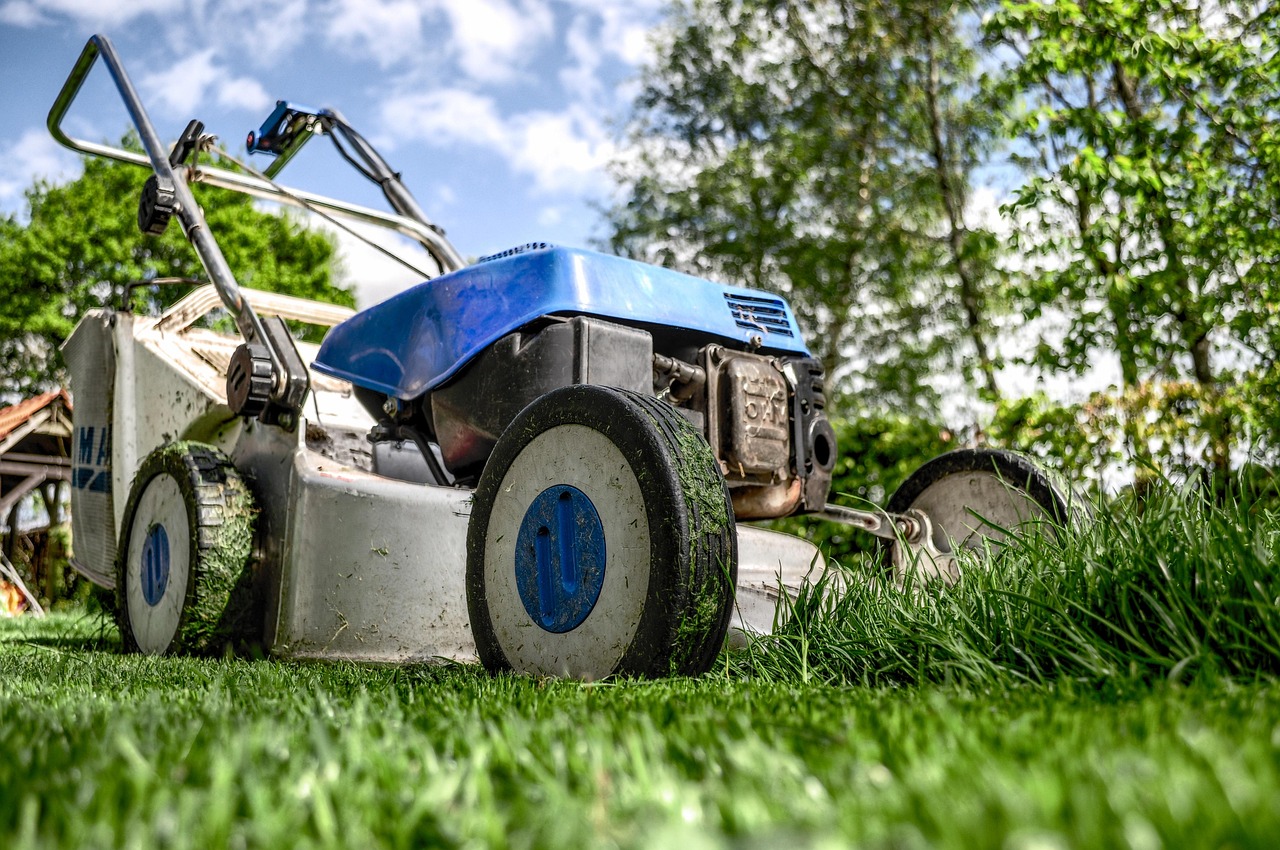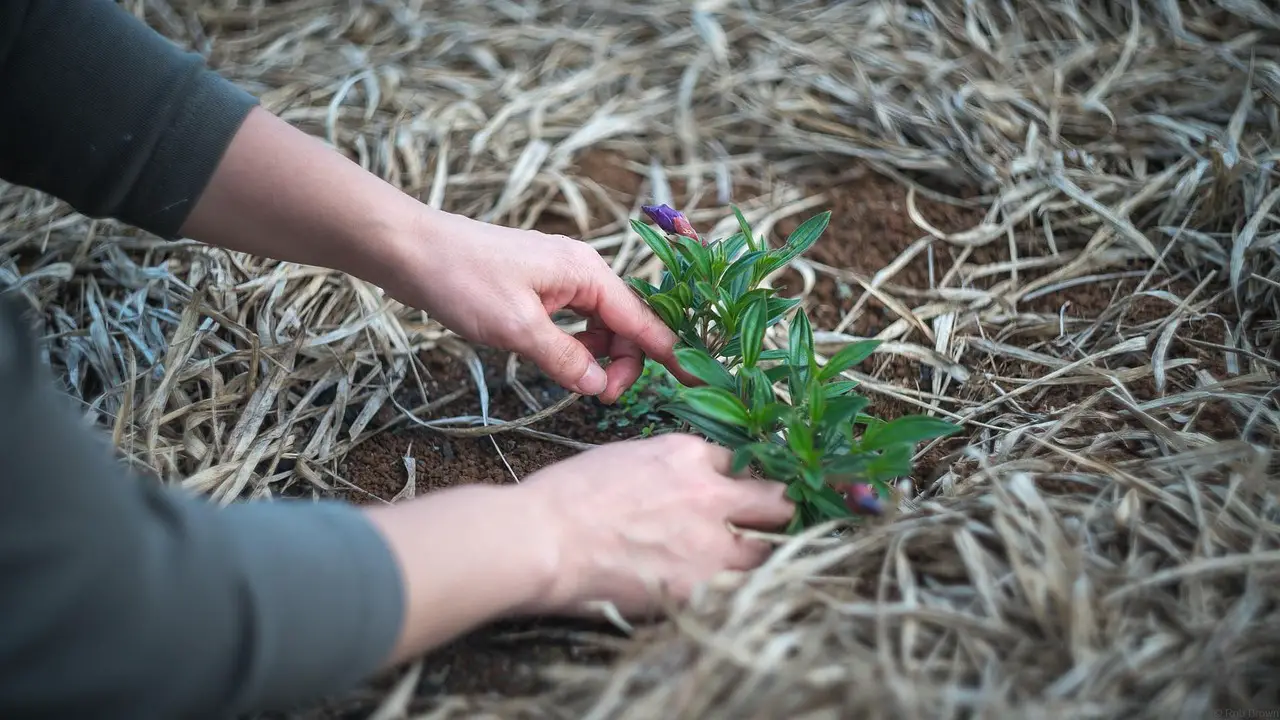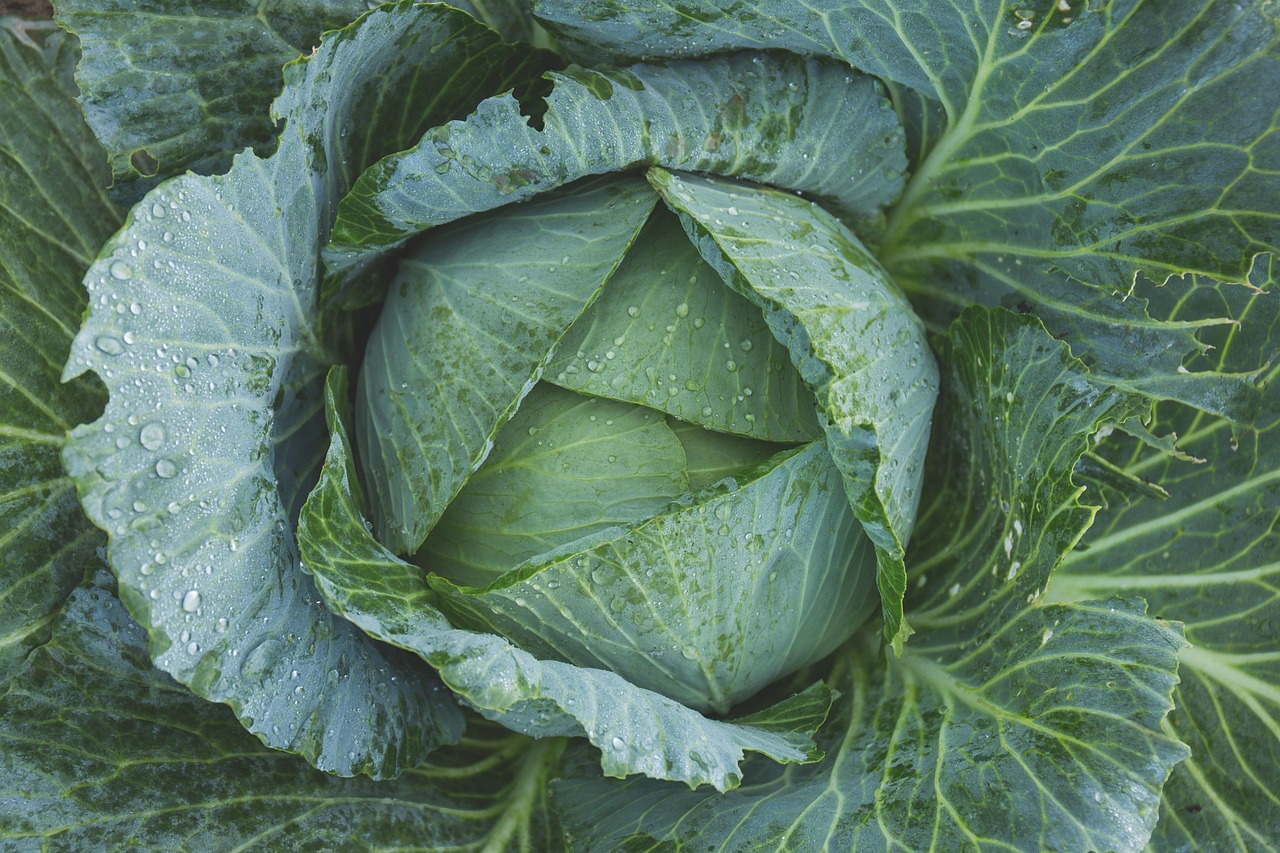Backyard vegetable gardening can yield fresh produce, enhance your outdoor space, and provide a rewarding hobby. Key tips include selecting the right location, preparing the soil, choosing suitable vegetables, and maintaining proper care throughout the growing season.
Understanding Backyard Vegetable Gardening

Backyard vegetable gardening is an enriching experience that allows individuals to grow their own food. This practice not only promotes sustainability but also encourages healthier eating habits. By cultivating your own vegetables, you gain access to fresher produce, often tastier than what is found in stores. Additionally, gardening offers physical and mental health benefits, providing a sense of accomplishment and connection to nature.
When starting a vegetable garden, it is crucial to consider several factors that can influence your gardening success. Factors such as climate, soil type, and available space will determine which vegetables are best suited for your garden. Understanding these elements will help you create a productive and enjoyable gardening experience.
One of the first steps in establishing a successful vegetable garden involves selecting the right site. A sunny location is essential as most vegetables require at least six hours of sunlight each day. Additionally, the area should have access to water and good drainage to prevent root rot and other moisture-related problems.
Essential Tips for Starting Your Garden
Here are some essential tips to keep in mind when starting your backyard vegetable garden:
- Choose the Right Vegetables: Select vegetables that grow well in your region and climate.
- Soil Preparation: Test your soil for pH and nutrient levels. Amend the soil as necessary with organic matter.
- Plan Your Layout: Use raised beds or rows to maximize space and accessibility.
- Watering Schedule: Establish a consistent watering routine, preferably early in the morning or late in the afternoon.
- Pest Management: Implement organic pest control methods to protect your plants without harmful chemicals.
The Importance of Soil Quality
Soil quality plays a vital role in the success of your vegetable garden. Healthy soil is rich in nutrients and supports plant growth. Conducting a soil test can provide valuable information about nutrient deficiencies or pH levels that may need adjusting. Adding compost or well-rotted manure can significantly improve soil structure and fertility.
| Soil Component | Function |
|---|---|
| Sand | Improves drainage and aeration. |
| Silt | Retains moisture and nutrients. |
| Clay | Holds nutrients but can compact easily. |
| Organic Matter | Enhances soil structure and fertility. |
After preparing your soil, it’s time to plan your planting schedule. Understanding when to plant different vegetables based on your local frost dates is essential for maximizing yields. Cool-season crops like spinach and peas can be planted in early spring, while warm-season crops like tomatoes and peppers thrive when the risk of frost has passed.
Incorporating these foundational tips into your backyard vegetable gardening endeavors can lead to a fruitful harvest and an enjoyable gardening experience. By focusing on proper location, soil preparation, and careful planning, you will set the stage for a productive garden that brings joy and nourishment to your home.
Selecting the Right Vegetables
Choosing the right vegetables for your garden is crucial to ensure a successful harvest. Different vegetables have varying requirements for sunlight, water, and soil conditions. Understanding these requirements will help you select crops that thrive in your specific environment.
Consider Your Climate
Your local climate significantly influences the types of vegetables you can grow. It is essential to select varieties that are well-suited for your region. Here are some factors to consider:
- Temperature: Some vegetables prefer cooler temperatures, while others thrive in heat. For example, lettuce and radishes grow well in cooler climates, while tomatoes and peppers prefer warmer conditions.
- Frost Dates: Knowing your area’s last frost date in spring and first frost date in fall can help you plan your planting schedule effectively.
- Humidity: High humidity can affect certain crops, leading to diseases. Choose varieties that are more resistant to these conditions.
Space and Growth Habit
When deciding which vegetables to plant, consider the space you have available. Some plants, such as squash and cucumbers, require more room to spread out, while others, like radishes and lettuce, can be grown closer together. Here are some options based on growth habits:
- Vertical Growers: Plants like tomatoes, peas, and pole beans can be grown vertically using trellises, saving ground space.
- Bushy Plants: Crops like bell peppers and broccoli take up more space but can be quite productive.
- Root Vegetables: Carrots, beets, and onions grow underground, allowing you to maximize space above ground.
Companion Planting
Companion planting is the practice of growing different crops in proximity for mutual benefits. This technique can enhance plant growth, deter pests, and improve overall garden health. Here are some common companion plant pairings:
- Tomatoes and Basil: These two complement each other well, as basil may enhance the flavor of tomatoes and deter pests.
- Carrots and Onions: Onions repel carrot flies while carrots can help aerate the soil for onions.
- Cabbage and Dill: Dill attracts beneficial insects that can control cabbage pests.
Crop Rotation
Practicing crop rotation is essential for maintaining soil health and preventing the buildup of pests and diseases. Rotating crops involves changing the types of vegetables grown in each area of your garden each season. This technique allows different plants to utilize various soil nutrients, reducing the chances of soil depletion.
Here are some tips for effective crop rotation:
- Group by Family: Rotate plants by their botanical families. For example, follow legumes with leafy greens or root vegetables.
- Avoid Replanting in the Same Spot: Ensure that the same type of vegetable is not planted in the same location for at least three years.
- Observe Plant Health: Keep track of plant performance each season to identify trends related to diseases or nutrient depletion.
Maintaining Your Garden
Once your garden is established, ongoing maintenance is essential to promote healthy growth. Regular tasks include watering, weeding, and monitoring for pests. Here are some fundamental maintenance practices:
- Watering: Water deeply and infrequently to encourage deep root growth.
- Mulching: Apply mulch around plants to retain moisture and suppress weeds.
- Pest Monitoring: Regularly check plants for signs of pests or disease and act promptly to address any issues.
By carefully selecting vegetables based on climate, space, and companion planting strategies, as well as implementing crop rotation and maintenance practices, you can create a thriving backyard vegetable garden that yields abundant produce throughout the growing season.

Understanding Plant Nutrition
Plant nutrition is a critical aspect of vegetable gardening. Nutrients play a vital role in plant growth and development. Knowing how to provide the right nutrients can lead to healthier plants and more abundant harvests.
Essential Nutrients for Plants
Plants require a variety of nutrients to thrive. These can be classified into macronutrients and micronutrients:
- Macronutrients: These are needed in larger quantities and include:
- Nitrogen (N): Promotes leaf and stem growth.
- Phosphorus (P): Aids in root development and flowering.
- Potassium (K): Enhances overall plant health and disease resistance.
- Micronutrients: These are required in smaller amounts but are equally important. Examples include:
- Iron: Essential for chlorophyll production.
- Zinc: Important for enzymatic processes.
- Calcium: Strengthens cell walls and promotes root growth.
Soil Testing and Amendments
To ensure your plants receive the necessary nutrients, conducting a soil test is advisable. A soil test provides valuable insights into nutrient levels, pH, and organic matter content. Based on the results, you can amend your soil accordingly. Here are some common amendments:
- Compost: Adds organic matter and improves soil structure.
- Bone Meal: A good source of phosphorus.
- Fish Emulsion: Provides a balanced source of nutrients.
- Wood Ash: Increases potassium and raises soil pH.
Irrigation Techniques

Proper watering is essential for maintaining healthy plants. Effective irrigation techniques can help ensure that your vegetable garden receives the right amount of moisture. Here are some irrigation methods to consider:
Drip Irrigation
Drip irrigation systems deliver water directly to the base of each plant, minimizing evaporation and runoff. This method is efficient and conserves water. It is perfect for vegetable gardens, especially in warmer climates.
Soaker Hoses
Soaker hoses are another effective option for watering your garden. They allow water to seep out slowly along their length, providing consistent moisture to the soil. Lay them on the soil surface or bury them under mulch for even better results.
Hand Watering
If you have a small garden, hand watering can be effective. Use a watering can or hose with a spray nozzle to target individual plants. Be careful not to overwater, as this can lead to root rot.
Pest and Disease Management
Pest and disease issues can significantly impact your vegetable garden’s productivity. Preventative measures and early intervention are key to managing these problems effectively.
Identifying Common Pests
Regular monitoring of your plants is essential to identify pests early. Common garden pests include:
- Aphids: Small, soft-bodied insects that suck sap from plants.
- Whiteflies: Small white insects that also feed on plant sap.
- Caterpillars: The larvae of moths and butterflies that can cause significant damage by eating leaves.
Disease Prevention Strategies
Diseases can arise from various factors including poor air circulation, overcrowding, and damp conditions. Here are some strategies to prevent diseases:
- Crop Rotation: Change the location of different plant families each year to reduce disease buildup in the soil.
- Proper Spacing: Allow adequate space between plants to improve air circulation.
- Select Disease-Resistant Varieties: Choose vegetable varieties that are known for their resistance to common diseases.
By understanding plant nutrition, employing effective irrigation techniques, and implementing pest and disease management strategies, you can create a thriving backyard vegetable garden that continues to produce throughout the season.
Harvesting Your Vegetables
Harvesting is an exciting time in the gardening process. It signifies the culmination of hard work and care that you have invested in your vegetable garden. Knowing when and how to harvest your crops can enhance the quality of your produce and ensure maximum flavor and nutrition.
When to Harvest
The timing of your harvest depends on the type of vegetable. Each crop has its own indicators of ripeness. Here are some general tips for determining when to harvest:
- Leafy Greens: Harvest when leaves are young and tender. For crops like lettuce and spinach, cut the outer leaves while allowing the inner leaves to continue growing.
- Fruiting Vegetables: Vegetables like tomatoes and peppers should be harvested when they reach their mature color and size. Gently twist or cut them from the plant to avoid damaging it.
- Root Vegetables: Pull carrots, radishes, and beets when they reach a desirable size. Check their growth periodically to prevent them from becoming woody or overgrown.
Harvesting Techniques
Using proper harvesting techniques ensures that your vegetables remain fresh and undamaged. Here are some methods to consider:
- Use Sharp Tools: A sharp knife or garden shears can help make clean cuts, reducing damage to the plant.
- Handle with Care: Avoid dropping vegetables or tossing them into containers, as this can cause bruising.
- Harvest in the Morning: Vegetables tend to retain their moisture levels better in the morning, which can enhance their flavor and texture.
Storing Your Harvest

Proper storage of your harvested vegetables is essential for maintaining their freshness and quality. Here are some storage tips:
- Cool and Dry: Most vegetables should be stored in a cool, dry place. Refrigerating items like leafy greens can prolong freshness.
- Avoid Washing Before Storage: Wash vegetables only before you plan to use them. Excess moisture can lead to mold and spoilage.
- Use Breathable Containers: Store vegetables in containers that allow air circulation, such as mesh bags or perforated plastic bags.
Coping with Challenges
Even with careful planning and maintenance, gardeners may face challenges. Common issues include pests, diseases, and fluctuating weather conditions. Here are some strategies for coping with these challenges:
- Stay Informed: Educate yourself about common pests and diseases in your area. Local gardening clubs or extension services can offer valuable resources.
- Be Adaptable: Weather conditions can change rapidly. Be prepared to adjust your watering schedule or provide shade if necessary.
- Network with Other Gardeners: Sharing experiences and solutions with fellow gardeners can provide insights into effective pest control or disease management techniques.
Final Thoughts
Backyard vegetable gardening offers numerous benefits, from providing fresh produce to enhancing your connection with nature. By applying the essential tips discussed throughout this article, you can create a productive garden that thrives season after season. From selecting the right vegetables to mastering maintenance techniques, each step contributes to a successful gardening experience.
The journey of gardening is not just about the eventual harvest; it is also about learning, growing, and enjoying the process. Every challenge faced can teach valuable lessons that enhance your skills for future gardening endeavors. Embrace the journey, cultivate patience, and enjoy the fruits of your labor.
With dedication and care, your backyard vegetable garden can become a source of nourishment, joy, and pride for you and your family. Happy gardening!
